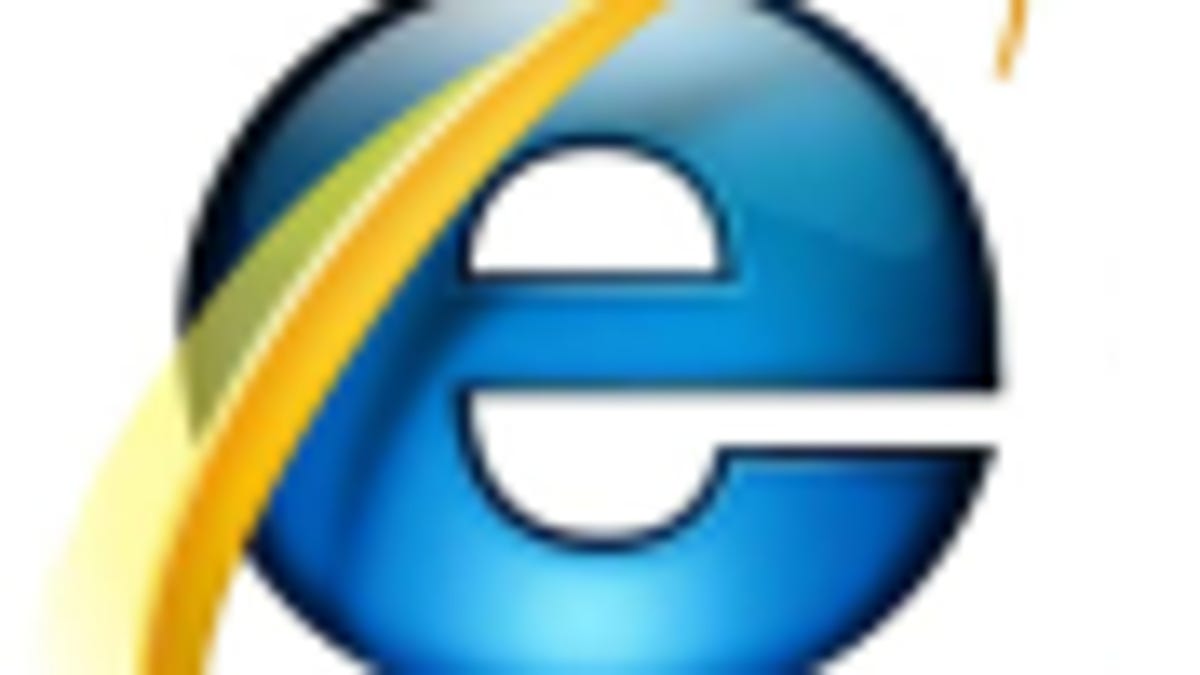Microsoft Web-graphics move signals IE ambitions
Redmond joins the group overseeing the Scalable Vector Graphics standard. There's no promise to build it into Internet Explorer, but that sure seems likely.

In a new sign of Microsoft's ambitions to make Internet Explorer more competitive with rival browsers, the company said Tuesday it's joining a group overseeing a graphics format that offers some advantages for today's Web.
Specifically, Microsoft signed up for the Scalable Vector Graphics (SVG) Working Group, part of the World Wide Web Consortium (W3C). Mozilla's Firefox, Apple's Safari, Opera Software's Opera, and Google's Chrome all support the SVG format along with a different variety of graphics called Canvas 2D.
"We recognize that vector graphics are an important component of the next-generation Web platform," said Patrick Dengler, senior program manager on Microsoft's Internet Explorer team, in a blog post. "As evidenced by our ongoing involvement in W3C working groups, we are committed to participating in the standards process to help ensure a healthy future for the Web. Our involvement with the SVG working group builds on that commitment."
Dengler didn't commit to add SVG to IE, and the company declined to comment about that possibility when asked.
But Microsoft has lit a fire under its browser team to make Internet Explorer more competitive and to comply with various standards, so it would be surprising if the company didn't do so at some point. Microsoft's SVG work could have effects beyond IE, too: though Microsoft has a browser to build, it also has an interest in being able to build demanding, rich Web applications such as its online version of Microsoft Office.
Most graphical elements on the Web today are encoded with file formats such as JPEG that produce a grid of pixels called a bitmap, but vector graphics formats such as SVG can be useful for drawing objects such as logos that can scale to large or small sizes. That's particularly useful in today's world where Web sites must work on everything from tiny mobile-phone screens to 30-inch monitors.
In October, Google hosted a conference on SVG. Brad Neuberg, a Google programmer and speaker at the conference, said at the time that Web programmers are hesitant to embrace a technology that's not built into Internet Explorer, which remains dominant despite gradually dwindling share of worldwide usage.
"It's hard to deploy this when you can't use it on most of the installed base," Neuberg said in an earlier interview.
SVG fans can take heart in the enthusiasm Dengler expressed for the format.
"To date, I have had several interactions with the SVG Working Group, and their clear dedication to creating a great technology for end users and developers alike stands out," he said. "I personally look forward to future and more direct involvement with this great set of folks."
An official response from the SVG group arrived in the blog post comments:
"On behalf of the SVG WG, let me welcome you to the group. We're excited by your joining, and look forward to your participation...and hopefully SVG support in IE9!" said Doug Schepers. "There is definitely room for improvement in the SVG specs, and some new features to make it even easier to author... Your help there will be really valuable."
Microsoft is working on related technology in the upcoming IE 9 browser that could help SVG, too. It's rebuilding the browser on a graphics foundation called Direct2D that brings hardware acceleration to graphics and text display on Windows Vista and Windows 7. That foundation should accelerate handling of graphics including SVG and Canvas 2D, Microsoft has said.
Corrected 7:31 p.m. PST to clarify that Canvas 2D graphics, although they can be constructed by software, still use a bitmap format.

